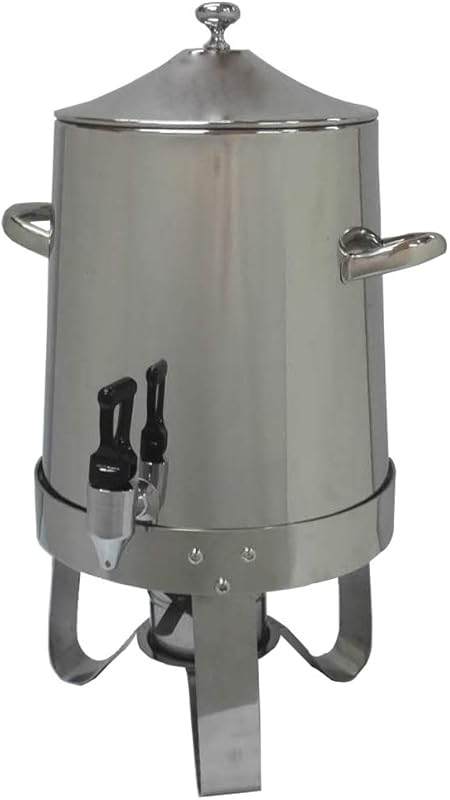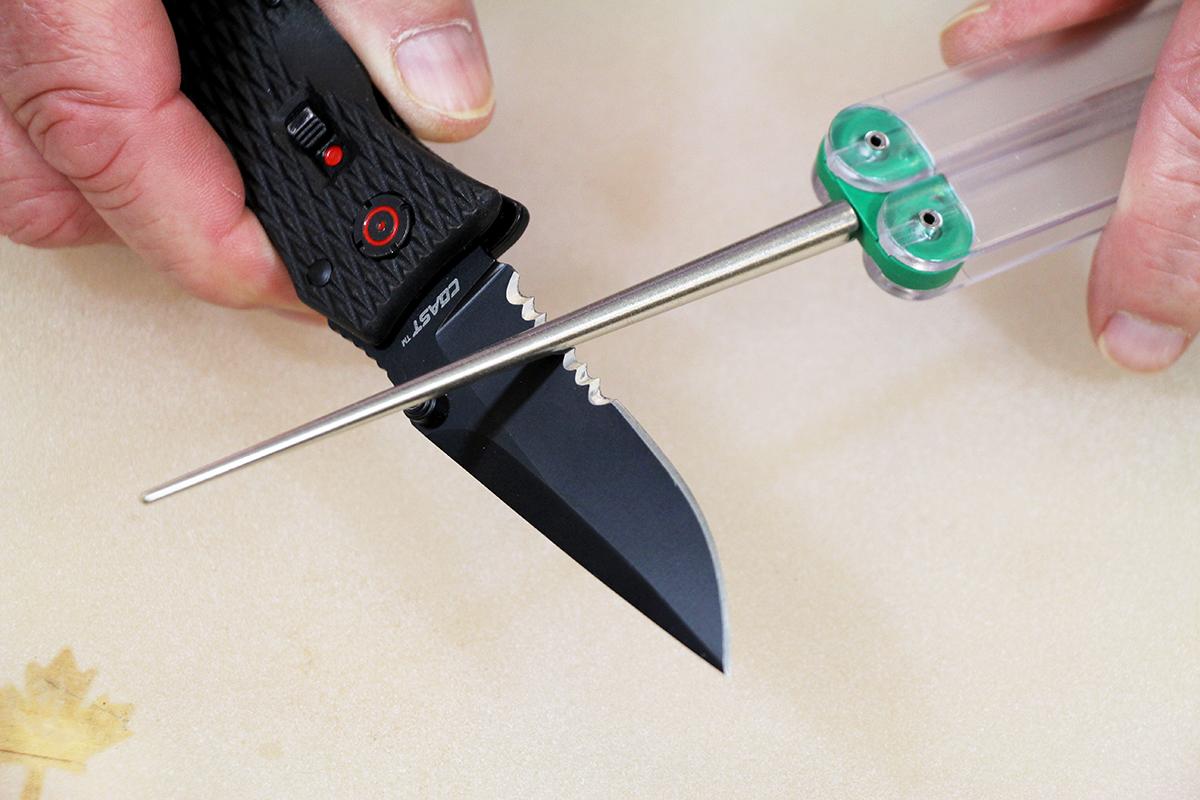The Role of Stainless Steel Bowls in a Hygienic Kitchen
Let’s face it: your kitchen is a battlefield. A battlefield against spills, splatters, and the ever-present threat of bacteria. While a sparkling clean countertop is a sight to behold, the unsung hero of kitchen hygiene often sits quietly in your cupboard: the stainless steel bowl. Far from just a pretty face, a stainless steel bowl plays a vital role in maintaining a hygienic and efficient cooking environment. This article dives deep into why stainless steel reigns supreme in the quest for a cleaner, healthier kitchen.
Why Stainless Steel? The Science of Hygiene
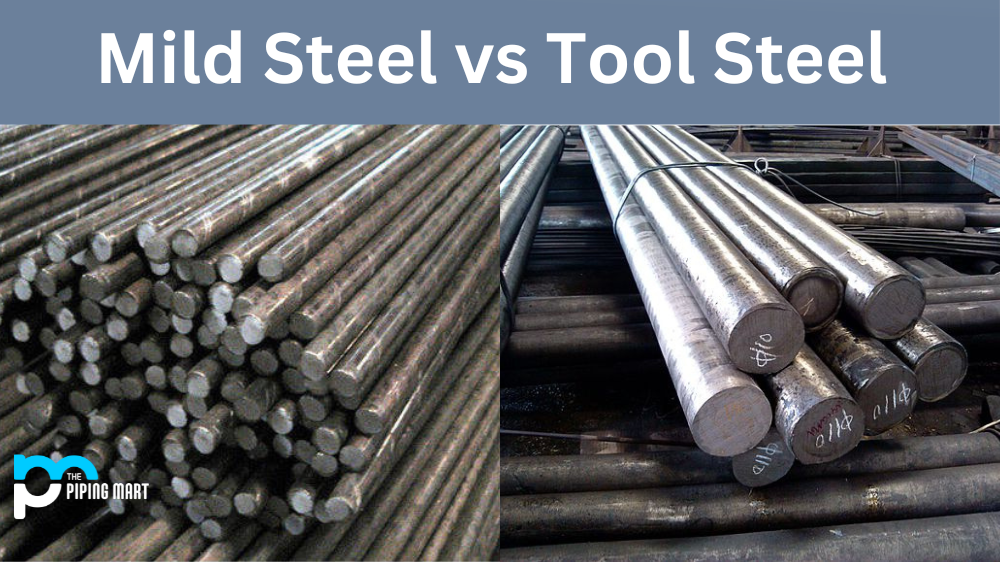
The popularity of stainless steel bowls isn’t just a trend; it’s a testament to their inherent properties. Unlike many other materials, stainless steel boasts a non-porous surface. This means bacteria, food particles, and other nasties simply can’t burrow into the material, creating breeding grounds for germs. Most other materials, such as wood or plastic, contain microscopic pores that harbor bacteria, making them harder to clean thoroughly and leading to potential cross-contamination.
This non-porous nature also simplifies cleaning. A quick wipe with warm, soapy water usually suffices to remove most residues. For tougher messes, a little scrubbing with a non-abrasive sponge is all that’s needed. The smooth surface prevents the buildup of stubborn grime, making cleaning a breeze and saving you time and effort.
Durability: A Long-Term Investment in Hygiene
Beyond hygiene, stainless steel bowls are remarkably durable. Unlike their plastic counterparts, they resist chipping, cracking, and warping, ensuring they’ll last for years, even with daily use. This longevity translates into a long-term investment in hygiene. You won’t have to replace your bowls frequently, avoiding the potential risk of introducing new materials into your kitchen ecosystem.
This durability also extends to their resistance to stains. While some stubborn discolorations might occur, a little elbow grease usually removes them, leaving your bowls looking as good as new. This makes them ideal for everything from mixing batter to marinating meats.
Beyond the Bowl: Choosing the Right Stainless Steel
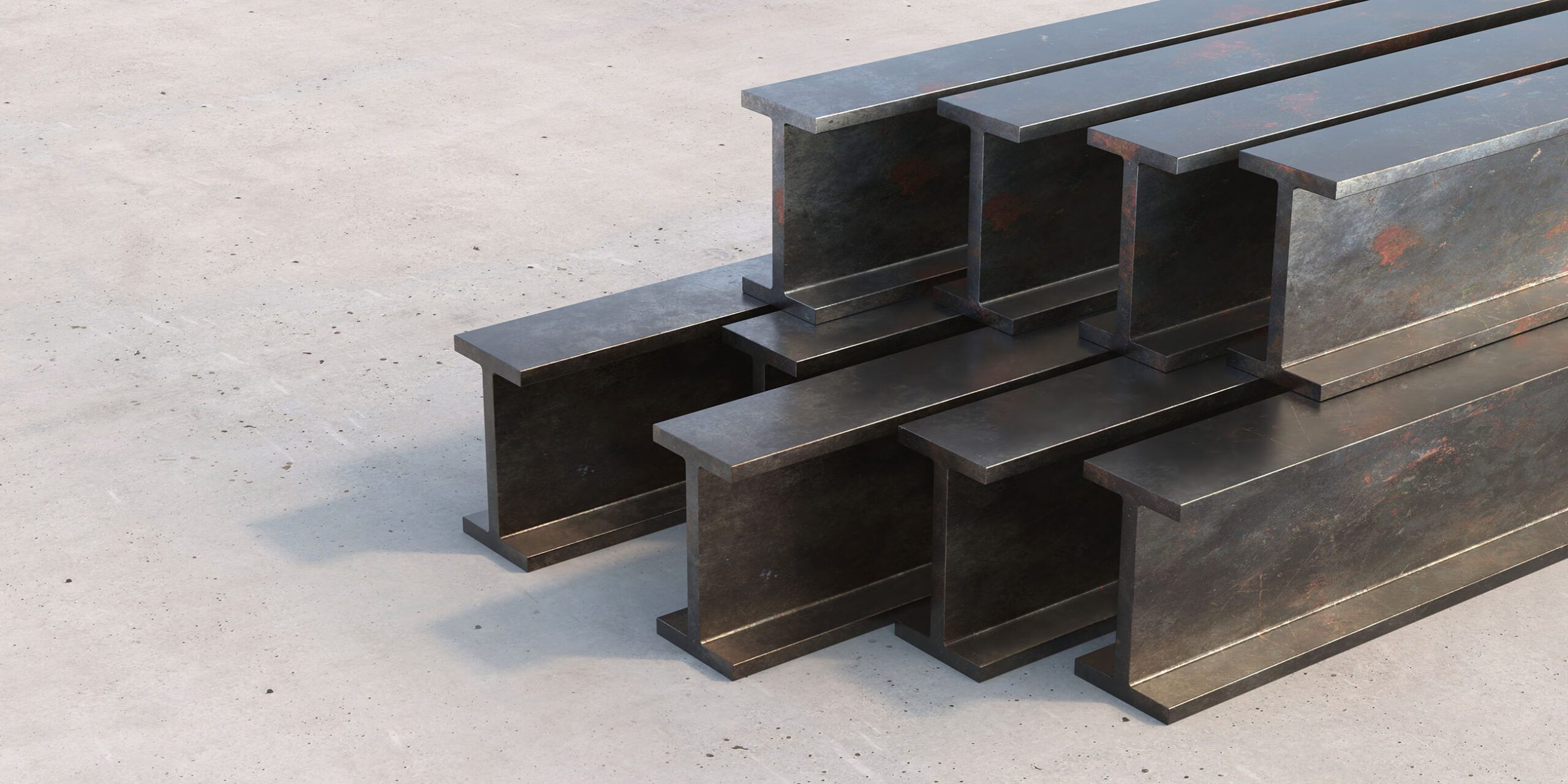
Not all stainless steel is created equal. The quality of the steel directly impacts its durability and hygiene properties. Look for bowls made from high-grade stainless steel, usually indicated by a grade number (like 18/8 or 18/10). These grades indicate the percentage of chromium and nickel present, which determines the steel’s corrosion resistance and overall strength.
Consider the gauge of the steel as well. Thicker gauge bowls (lower gauge number) are more durable and less prone to bending or denting, ensuring your investment stays robust for years. Finally, pay attention to the finish. A brushed or satin finish is generally more resistant to scratches and fingerprints compared to a highly polished surface.
Maintaining Your Stainless Steel Investment: Care and Cleaning Tips
To keep your stainless steel bowls gleaming and germ-free, follow these simple tips:
- Wash immediately after use: The sooner you clean your bowls, the easier it is to remove any food residue.
- Hand-wash whenever possible: While many stainless steel bowls are dishwasher-safe, hand-washing is gentler and helps prevent scratches.
- Use a non-abrasive cleaner: Avoid harsh chemicals and abrasive sponges or pads that could scratch the surface.
- Dry thoroughly: Leaving water droplets on the surface can lead to water spots.
- Store properly: Avoid stacking bowls too tightly to prevent scratches and dents.
Stainless Steel vs. Other Materials: A Hygiene Comparison
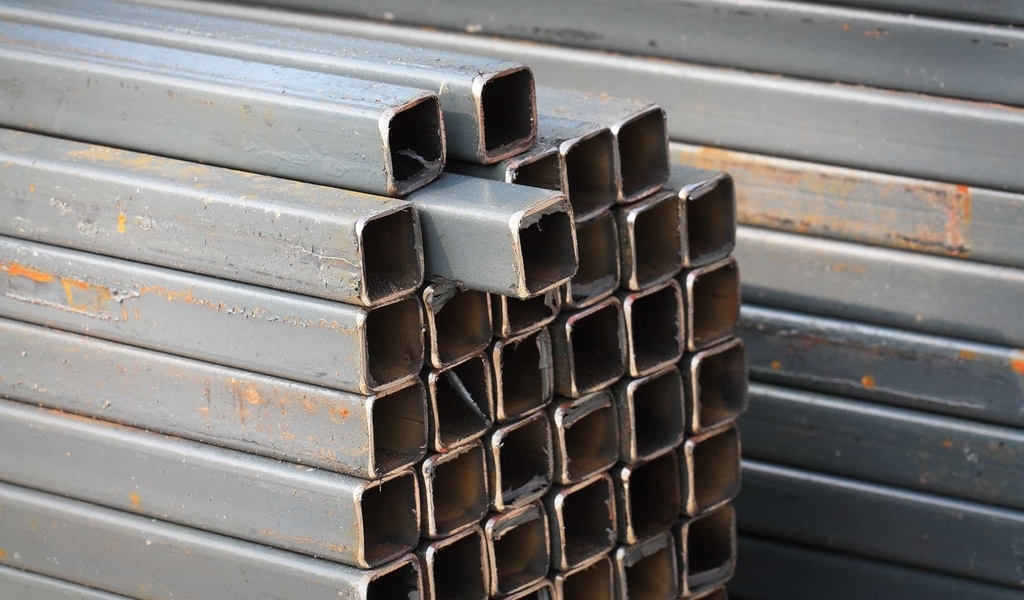
Let’s compare stainless steel bowls to other common kitchen bowl materials:
| Material | Hygiene | Durability | Cost |
|---|---|---|---|
| Stainless Steel | Excellent – non-porous, easy to clean | Excellent – durable, resistant to damage | Moderate to High |
| Plastic | Fair – porous, can harbor bacteria | Fair – prone to chipping, cracking, and staining | Low |
| Glass | Good – non-porous, relatively easy to clean | Good – durable, but can break | Moderate |
| Wood | Poor – highly porous, difficult to sanitize | Variable – susceptible to damage from water and wear | Moderate to High |
As you can see, stainless steel stands out due to its superior hygiene and durability characteristics.
Conclusion: The Hygienic Heart of Your Kitchen

The humble stainless steel bowl is much more than just a kitchen utensil; it’s a cornerstone of a hygienic and efficient cooking space. Its non-porous surface, durability, and ease of cleaning make it a superior choice compared to other materials. Investing in quality stainless steel bowls is an investment in the long-term health and cleanliness of your kitchen, ensuring a safer and more enjoyable culinary experience.
